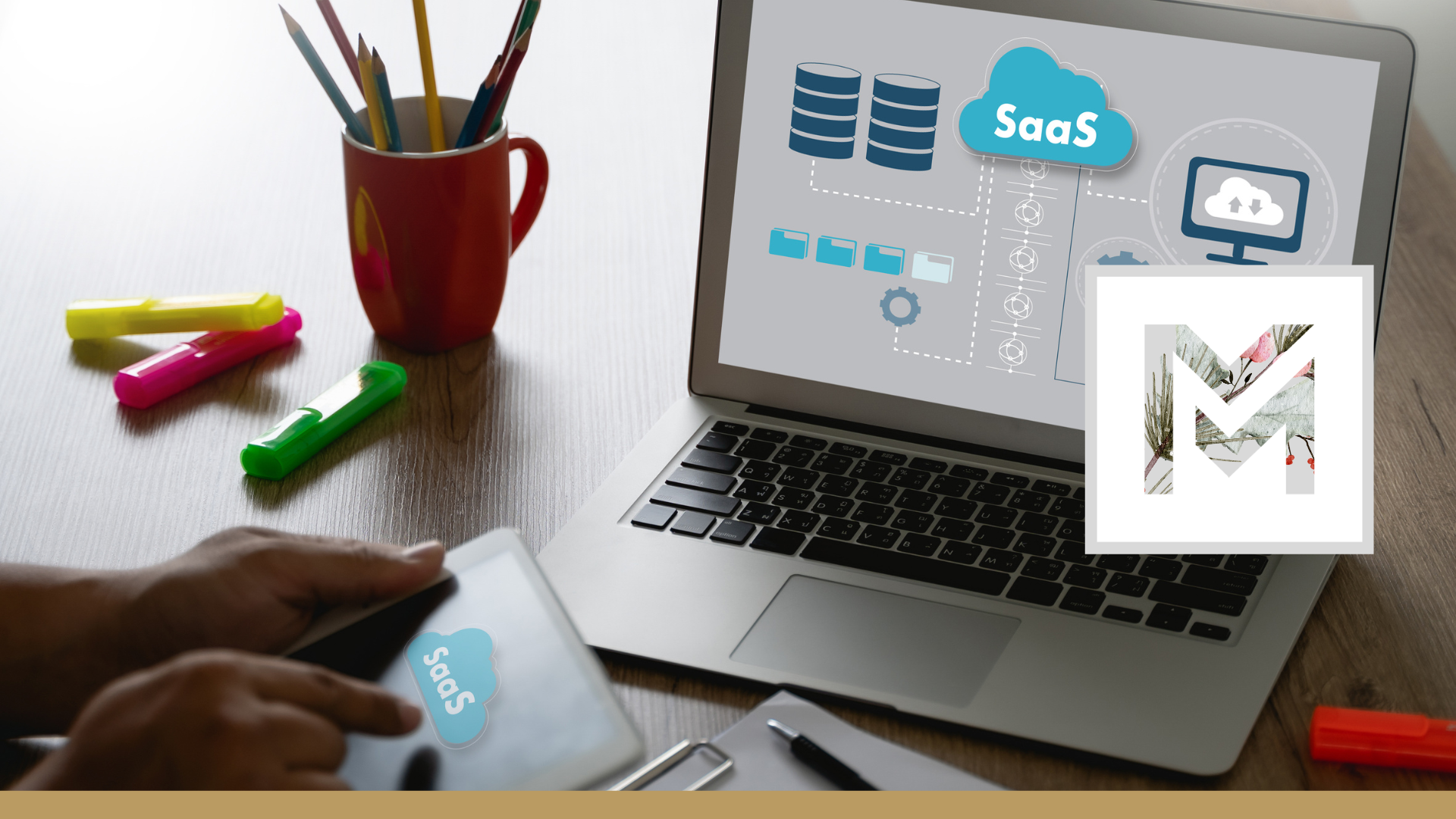By: Tara Panu
Date: December 20nd, 2019
Happy Holidays! As we inch closer to the New Year, we are hoping everyone will take some deserved time off with their friends and family. Once the gift wrap has been discarded and the ball drops in Times Square to celebrate the beginning of a new decade, company leaders will begin implementation of their 2020 plans and further diagnose and pivot business processes to promote future growth.
One business strategy we continue to see increased interest and implementation is BYOD, or “bring your own device” – and it is easy to see why. In fact, a survey by analyst firm Frost & Sullivan found employees using smartphones in their professional lives gain nearly an hour (58 minutes) of work time each day and nearly an hour (58 minutes) of personal time each day on average, and see an estimated productivity increase of a whopping 34 percent.
As companies plan their BYOD roll out plans for 2020 and the coming years, here are five steps organizations should keep in mind when preparing for BYOD.
#1: Weigh the Pros and Cons of BYOD Implementation in Your Organization
While BYOD is an appealing strategy, it is important to analyze the pros and cons as they relate to your business. Many organizations voice cost savings as a primary benefit. BYOD allows companies to save money by not budgeting as heavily for resources such as laptops, landlines and company mobile devices. In addition, employees gain an enhanced experience given they are more comfortable with their personal devices and do not need to onboard new technologies or processes they do not leverage in their personal lives.
On the other end of the spectrum, the most common concern – and rightly so – is security. Since companies do not have direct management or oversight into an employee’s personal device, the opportunity for company data and confidential information to be compromised can arise from multiple sources and the company may not be aware of a problem until it is too late. The inability to manage employees’ personal devices can also lead to other problems, with companies noting situations such as IT malfunctions proving harder to solve because there is not a uniform operating system or device used by employees.
#2: Architect Security Strategy and Data Usage Policies
Before moving forward with ANY type of corporate BYOD policy, it is paramount to comprehensively build out a BYOD security strategy and data usage policies. According to TechTarget’s SearchMobileComputing, essential elements of a BYOD security policy should include:
· Acceptable use policies
· Minimal security controls on the device
· Company-provided components, such as SSL certificates for device authentication
· Company rights for altering the device, such as remote wiping for lost and stolen devices
Companies should also architect data usage policies based on the working styles of its employees. For example, employees who regularly travel for business may use more data than employees who do not.
#3: Launch a Pilot Program
Before rolling out a BYOD program to the entire company, it will be beneficial to first launch a pilot BYOD program to select employees. This will help identify any potential risks or challenges before the program is introduced to the entire organization. After the pilot program concludes, companies should evaluate key learnings and map these insights back to their original pros and cons list.
#4: Set Clear Employee Guidelines and Conduct Initial Trainings Before Launching Full Program
Setting clear employee guidelines will help workers receive a firm understanding of what to expect when the program launches, as well as help ease onboarding pains. Employee BYOD guidelines should include:
· Identification of the types of devices, apps and functions that can and cannot be used
· What type of support the company will offer
· Employee compensation
· Clear employee usage policies
· What to expect in the event of legal proceedings based on employee usage
In addition, companies should hold trainings prior to the full company program launching. In the first few months after implementation, IT specialists should be on call to address any onboarding questions or challenges to ensure employee concerns are addressed and the implementation does not decrease productivity. In the following years, it will be important for employers to schedule annual or bi-yearly check-in trainings with employees to confirm they are still aware of company guidelines and are confident using their personal device for business purposes.
#5: Continuously Review Program Compliance
After the full program is rolled out, companies need to review employee data usage and compliance to company guidelines on a monthly basis. This will help companies to understand any new or potential pain points in the program and address them accordingly.
Movius MultiLine has helped companies make a flexible and painless transition to BYOD. MultiLine is a simple, secure cloud-based app that allows businesses to communicate with their customers in more convenient, cost-effective and compliant ways through a separate mobile business number.
Learn more: https://new2024.movius.ai/multiline/.
Thank you, happy holidays and see you in 2020!





